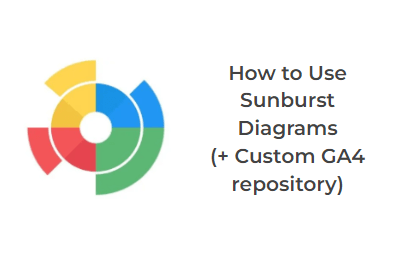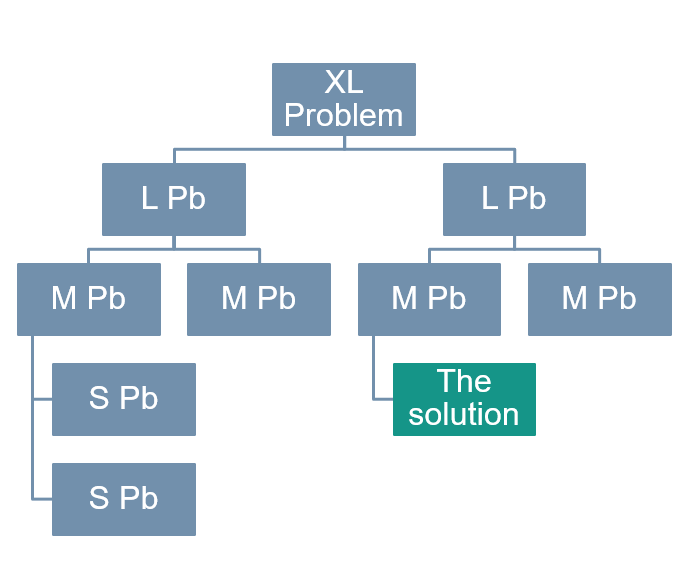Previously we presented in another article what CRO (Conversion Rate optimization) means. To well understand this acronym is a requirement before implementing a CRO approach. To optimize its e-commerce website, it is not enough to know about CRO principles: you have to know how to apply the methods. How can we set up a CRO approach? Here are the main steps in a few words.
1. The various steps of a CRO approach
The CRO approach is a set of steps to follow which asks for tools and techniques’ use to improve the conversion rate of your website. The conversion rate is the purcentage of the site’s visitors who became customers. This CRO process ends with a roadmap, an action plan, which sets all the needed improvements to reach your performance goals.
Initiate a CRO process requires to follow 6 key-steps
- DEFINE your current situation
- IDENTIFY your marketing goals
- ANALYSE possible strategies
- EXPERIMENT actionnable solutions
- INTERPRET results
Expérience, interpretation, analyze,… CRO approach is a scientific process. It is a continuous circle, a continuous improvement process.
2. How to conduct a CRO process?
The CRO process has a goal: boost the sales numbers. Yet, the sales numbers can know important fluctuations which are not always related to the website itself. That is why we have to determine upstream the issue we are trying to resolve, so that we can know if the goal has been reached at the end. Hence we make a situational analysis, first step of your CRO audit.
a. The CRO audit : the first step for a better conversion rate
The CRO audit gives us a better understanding of our current performance thanks to the analysis of our own data before building an action plan. The CRO audit helps us to see more clearly how to achieve your marketing objectives, for example to go from a 2% conversion rate to 4%. It highlights the obstacles that prevent you from achieving this 4% conversion rate and the possible areas for improvement.
The CRO audit uses qualitative data (users’ data) and quantitative data (technical performance, ergonomics) of your site to explain why the current conversion rate is not reaching your hopes. It is very well possible to do it by yourself. You will find more information about this point in our Webinar about CRO created by Guillaume, Datama’s founder, and Alexander, expert on CRO : they help you build your own CRO audit.
The audit gives birth to a report which englobes possible strategical recommendations to optimize your conversion rate.

b. Elaboration and implementation of the action plan
The action plan or roadmap is the result of the CRO audit that we did previously. This plan includes short, medium and long-term optimization actions. These actions are ranked in order of priority. Each one of the mis measured according to its investment cost, the time required to complete it and its added value to the website. In a e-commerce context, actions implemented after the analysis phase can require tools and expertise about A/b testing, personalization, ergonomics, content, purchasing… All these levers are activated by profiles with very specific skills, each of which will contribute to the building of the site or the traffic to generate the hoped optimization.

Questions we have to ask ourselves when the roadmap changes
As presented below, it is possible to organize a prioritization with internal (or even external) voting tools to improve the product.
c. The test phase : experiment !
Your roadmap is ready, it is time to concretely test your proposed solutions but you still have doubts about their efficiency. Why would not you test all of these options ? The implementation of your action plan requires the use of a test to experiment all of these propositions which will help make the best choice for your website. This test has even a name : the A/B test. The A/B test broadcast two versions of the same content (Web page, app…). These two versions propose two different funnels. A funnel is the website pathway crossed by the customer until the final purchase of the product. The comparison of these two versions enables us to deduce what works the best for your audience according to the statistics analysis of performances. So you can measure the decrease or the growth of your conversion rate for your two versions and judge which one gives the best user experience.

d. The after test according to the principle of “test and learn”: the key step to reach its marketing goals
So what can we learn from these tests?
After the experience, let’s face the results interpretation! In the third episode of the Webinar, Alexander expert in CRO and Guillaume, Datama’s founder insist on the principle of “test and learn”, which is the A/B test results’ interpretation. The study of performance gaps between test pages A and B follows the concept of significance. Significance is a statistics concept which allows to verify the result validity, more precisely if the the performance gap between 2 pages is real and not only caused by technical biases. The interpretation of A/B test results conditions your decision-making.
Lets use a concrete example. Is the number of buyers on your site higher when the “basket” logo is on the right or on the left? To get your answer ; you have to study the significance of conversion rate variations between the 2 pages. Say your page A has the basket logo on the right and the page B has it on the left. With page A, your conversion rate is at 10% when the conversion rate stalls to 8%. Hence the revenue generated by the website is lower for page B. But instead of initiating further tests or jumping to conclusions, it is necessary, in addition to ensuring that the analysis is carried out on sufficiently representative volumes, to understand what explains the low rate on page B, for example a long loading time after clicking on the shopping basket logo. This is what contributes to the improvement of the process.
To help the reading of these post A/B test results, it is possible to use expert tools such as the one developed by Datama: Datama Assess. The demo is available on our website.
Now you know everything about the CRO strategy to boost your sales! There is only one thing to remember: it is up to you to give meaning to this CRO strategy according to your marketing objective. However, CRO is not only about increasing your revenue but also about learning. The learning process involves making mistakes or failing in these experiments. Flexibility and patience are therefore essential to build a plan of action that will ultimately achieve your goals.










